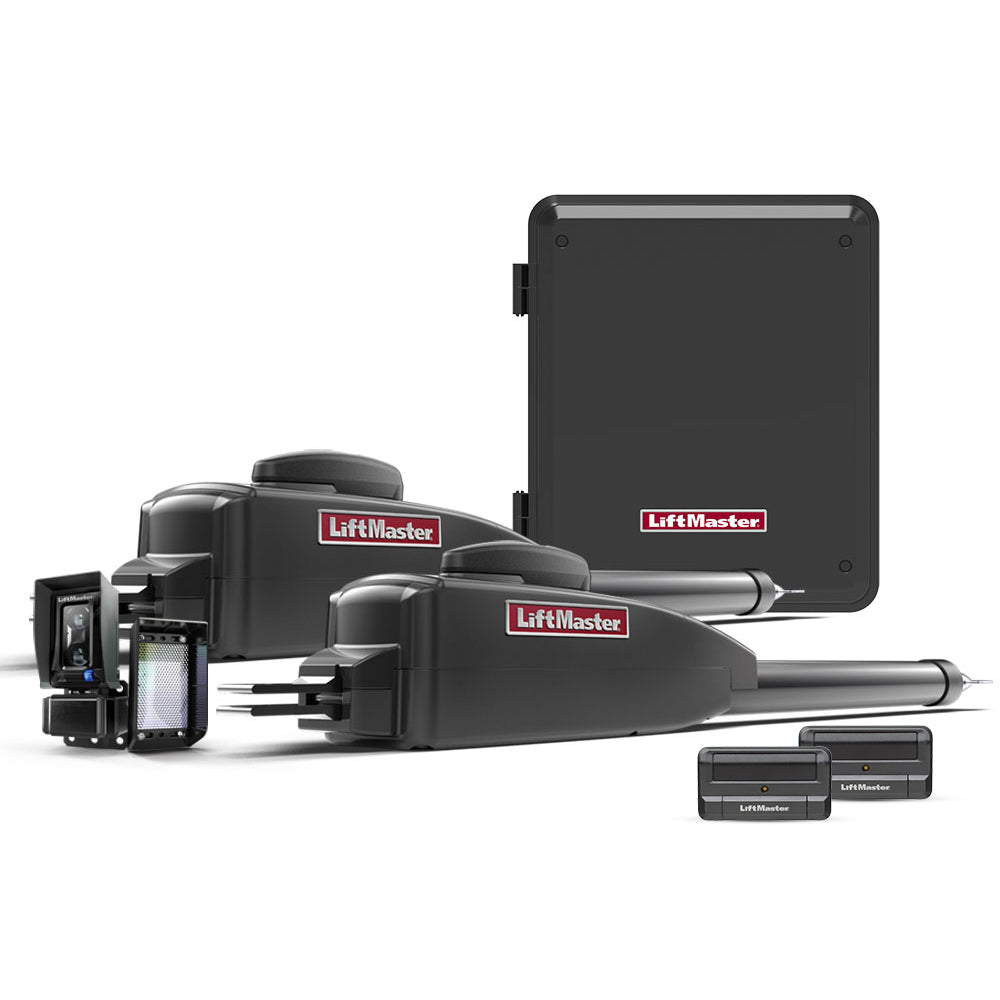Face covers protect against external conditions such as wind and cold. They also protect our skin from air pollutants and some can filter viruses, which is essential in disease control prevention. But more than the filtration aspect for health, face covers also have other purposes, especially for those of us who find ourselves working in less-than-ideal conditions.
Types of Face Covers
Not all face covers are made the same. Each has its specific purpose and covers different areas. Know and understand the following types of face covers to see which one is best suited for you:
Face Shields
A face shield protects your entire face – eyes, nose, mouth and cheeks – from flying objects and liquid splatters. It uses a plastic see-through visor that allows you to see your surroundings and maintain a good degree of visibility.
A face shield has an adjustable strap that is secured to your forehead. In some models, a face shield can be attached to a person’s eyeglasses and is supported by both the nose and the ears.
Make sure to choose a face shield that fits your face. It should extend above your eyes and below your chin. It should also wrap around both sides of your cheeks to ensure complete coverage.
Face shields are often used in laboratories when handling body fluids, out in the field when using hand tools, and when doing high-voltage electrical work. However, this particular face covering does not protect the wearer from respiratory particles. They are not meant to prevent respiratory infectious diseases.
Face Masks
Face masks became the main weapon against the spread of COVID-19 a few years back. These face coverings are most appropriate for the prevention of respiratory infections.
Face masks are further subdivided into different categories:
- Medical Masks. Also called surgical masks, these masks protect from pathogen-containing droplets and sprays. Medical masks have a loose fit and are disposable. Ear loops are attached to the masks so that you can tuck them behind your ears.
- Cloth Masks. Cloth masks trap large respiratory droplets coming from the wearer. They also protect the wearer against droplets from other people. Depending on the materials used and number of layers, cloth masks may or may not be effective. For an effective cloth mask, several layers of cotton or any tightly woven fabric may work.
- N95 Masks. N95 respirators are known to be the best mask for respiratory protection. These masks provide the highest level of protection and meet US quality standards. They filter both large and small particles. Surgical N95 masks are reserved for health care professionals, while the public can use the nonsurgical ones.
- KN95 Masks. KN95 masks provide respiratory protection and meet certain international standards. Though they are well above regular medical masks, they do not filter both large and small particles, making them less effective than N95 masks.
Balaclavas
When winter comes, every outdoor enthusiast relies on their balaclava for face protection. Also called a ski mask, this winter headgear protects the head and the face while exposing essential parts such as the mouth, nose, and eyes.
Balaclavas are versatile and come in various designs. Some can even be converted to a hat or a collar. But the most common styles are:
- One-Hole. One-hole balaclava has one opening, which shows the eyes, nose, and mouth. Some one-hole designs only show the eyes to protect the rest of the face from the frigid weather.
- Two-Holes. A two-hole design is distinguishable with its two openings – one for each eye. The openings are precisely cut for better vision.
- Three-Holes. A three-hole balaclava has an opening for each eye and the mouth. It makes both vision and communication easier.
People who prefer balaclavas as their face cover rely on them for versatility and warmth. They are also mostly made with fabric that is soft on the skin, which makes them a good choice to keep people with sensitive skin warm.
Neck Gaiters
Unlike a balaclava that covers almost the entire face, a neck gaiter only covers the lower half of the face. While neck gaiters do not offer much protection from the cold, they are more comfortable and breathable to wear.
Neck gaiters provide both a cooling effect and a warming effect depending on the temperature, making it a great option to have all year round. Gaiters protect the wearer from other external elements such as the wind, dust, sun, and insects.
Still unsure of the right face cover for you? View all we have at All Security Equipment. You can also contact our customer service for special offers.












